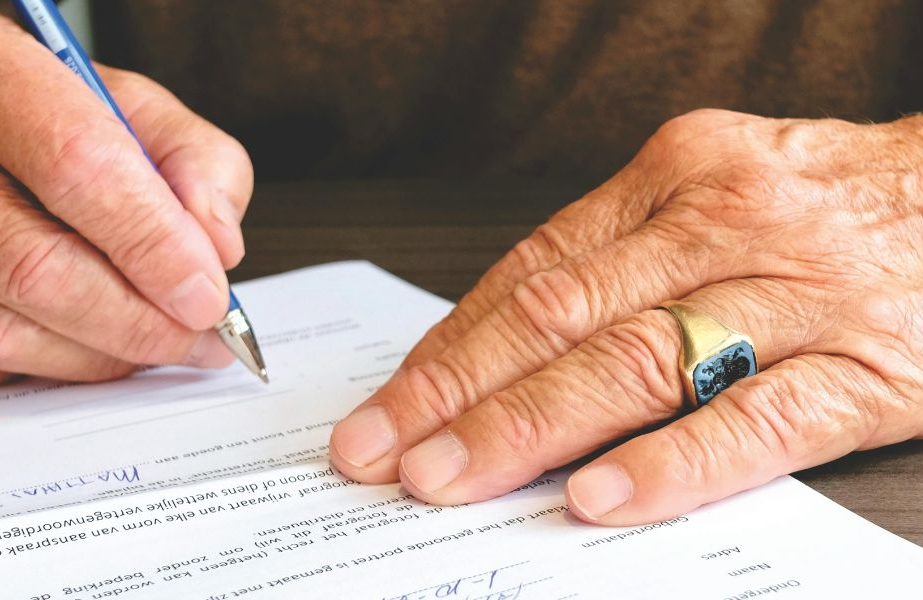
A successful way of proving a foot or ankle injury in a personal injury claim requires more than just the medical diagnosis. It requires a skillful approach and a clear understanding of all the legal principles.
These injuries have become a common occurrence now! The reports mainly come from vehicle crashes, slips and falls, or workplace incidents.
The injuries can either be sprains or a lifelong fracture. As a result, it might lead to extensive treatments and even longer recovery times.
And as a victim, you will not only suffer from the physical or mental stress, but you are also experience financial stress, which can even go beyond imagination.
That is where the foot injury lawsuit settlements come into play. You just have to find the attorney who can help you prove the casualty and help you win the foot injury lawsuit settlements.
Fort Worth Foot and Ankle Surgeon, Dr Gary Driver, explains the different types of foot and ankle injuries, how to link the injury to the accident, methods of quantifying damages, and legal strategies to build a strong case.
Hi, in today’s blog, I will help you understand what steps you have to consider and how you can easily win your foot injury lawsuit settlements.
Foot Injury Lawsuit Settlements: Understanding Foot And Ankle Injuries
The foot and ankle are the body parts that are most impacted during car accidents, slip-and-fall incidents, and athletic injuries. The most common injuries include:
- Ankle sprains
- Fractures
- Tendon injuries
- Ligament tears
- Nerve damage
As the feet are responsible for bearing the weight of the entire body and its movement, any injury can lead to mobility issues.
The patient can be kept up with additional treatments, surgeries, physical therapy, and care, which will also have a detrimental impact on financial health.
The injured party is, therefore, at risk of losing their source of income, either through a temporary or permanent leave of absence due to the household’s general financial hardship condition.
The earning potential of the injured party will, therefore, be adversely affected by the occurrence of permanent disabilities in some unfortunate scenarios.
For the majority, a simple X-ray or ultrasound will suffice to determine the location and severity of the injury. The situation of an injury that does not show any immediate symptoms is also possible.
Soft tissue prioritizations need upgrades in their imaging tests, such as MRI or CT scans. While these examinations determine the problem and the necessary treatment, they do not provide a guarantee of complete recovery or the degree of treatment, physical therapy, and care needed.
This complicates whether a person should file for a personal injury lawsuit immediately or not. A delayed diagnosis can complicate a legal claim if the statute of limitations has expired.
Establishing The Injury In The Foot Injury Lawsuit Settlements
Establishing the injury and its relation to the incident is the next crucial step in the lawsuit. You will need strong documentation and evidence to create solid proof of your claim.
Medical Documentation
- Reports from X-rays, MRIs, and CT scans help to show tears, breaks, or signs of degeneration.
- Doctors’ notes are detailed descriptions of symptoms, physical findings, diagnosis, treatment plan, and prognosis.
- A disability slip will record your physical injuries and limitations, and the estimated timeframe you will be kept away from your work.
- Treatment records include all surgeries, therapy sessions, prescriptions, orthotics, and follow-ups required for the particular injury.
Medical experts are required to prove to the judge and jury that the injury and its symptoms are the result of the accident.
They interpret medical reports and estimate future medical needs. They help to establish the causation and extent of harm.
Together, medical experts and documents justify the severity of injuries, impact on your health and quality of life, and the financial costs associated with treatments, and affect the final verdict.
The outcome of the case and the settlement amount depend on the quality of evidence. Collect and preserve high-quality evidence, including:
- Photos from the scene of the accident, including hazards, environmental factors, and immediate visible injuries
- Witness statements explaining how the accident happened and what you suffered right after
- Actual financial numbers derived from invoices, receipts, or projected numbers calculated by industrial professionals
- Maintenance of clothes, shoes, and other belongings that were damaged during the accident
- Evidence that the injuries are directly related to the accident and not a pre-existing condition
- Police reports, surveillance videos, and medical records that support your case
Demonstrating Causation
Once you have documented the injury, the next challenge is to prove it! You have to provide enough evidence to show that it came from the particular incident and not a pre-existing condition or another event.
Proving causation, the link between the injury and the accident, can be difficult in cases. Especially, where the injury is not immediately apparent or when multiple factors are at play.
If pain, swelling, or inability to walk started immediately or soon after the incident, and you visited a medical professional, the injury can easily be linked to the incident. The nature of the accident should match the type of injury to be accepted in court.
Many people have experienced some sort of foot problem in the past, such as arthritis or old injuries.
It is very necessary to differentiate the old condition from new symptoms that have been aggravated in order to be able to prove that the new symptoms were caused by the recent accident.
Previous medical records and imaging tests taken before and after the incident assist you in making the difference.
A significant part of expert testimony is a positive influence, whereby the experts provide an unbiased evaluation and their views on the injury’s origin.
The first step in establishing the facts of the case is to review the various documents that record the event, such as those from the police, the safety administration, and insurance, among others.
Your medical background, combined with proper documentation, is a good weapon against the defense’s arguments.
Be sure that your story is clear and consistent so that the other side will not have the opportunity to argue against you.
Quantifying Damages
The next part of the process is proving how much the damage is worth. Courts and insurance companies consider the following tangible and intangible losses while finalizing the compensation amount.
1. Medical Expenses And Ongoing Treatments
- Cost of hospital stays, doctor visits, necessary surgery, and rehabilitation
- Medical equipment and modifications
- Assistive devices (braces, boots, clutches, and orthotics)
- Cost of travel to appointments
- Projections for future treatments, long-term therapy, and care
2. Pain And Suffering (Non-Economic Damages)
Apart from direct economic damages, you can also file for pain and suffering caused by the injury.
They are harder to quantify as they don’t have direct financial costs. They include physical discomfort, emotional distress, and lack of enjoyment caused by the injury.
Grief, inability to participate in hobbies, loss of companionship, anxiety, and depression can also be caused by permanent conditions.
Pain diaries, therapist or psychologist reports, and testimony about lifestyle changes from friends and family can work as evidence in such cases.
3. Lost Wages And Function
Finally, a long-term or permanent injury will affect both mobility and employment. You can calculate the lost wages because of missed time at work.
Your employer records, pay stubs, and work history can demonstrate how your work was hampered.
Being unable to work can also be demonstrated by lost income due to injury. Similarly, document changes in your personal life, such as being unable to walk or stand for long, climb stairs, or perform basic household tasks.
Legal Strategies For Proving Foot And Ankle Injuries
Even with all the evidence, it is difficult to win a personal injury case on your own, without the expertise and experience of professionals.
You are not in this battle all alone! The personal injury attorneys and medical professionals will be your strong allies in foot injury lawsuit settlements. They will help you to fight against the defendants as well as the insurance companies.
Not all cases are worth pursuing. Not all cases can give you the same result. But who can help you understand this? Well, it is the attorneys who can help you to know if the case is worth taking forward.
They can help you to gather:
- Comprehensive evidence against defendants,
- Secure expert medical testimony, and
- Arrange independent medical examinations for settlement negotiations or trials.
The medical experts can further utilize these to present a compelling case that can be linked to the injury of the event.
Documentation is also crucial. You need to keep the following things:
- Medical records,
- Receipts, and
- Every doctor visit.
Also, they can help you to keep visual aids such as photos of before and after the incident.
Record fresh witness testimonials right after the accident for an accurate interpretation of the event.
Get Your Legal Help Immediately!
You have to go through a long and challenging process just to prove a foot and ankle injury if you have the right tools, such as the medical documentation, expert theory, or evidence from the accident scene.
In this way, the chances are greater that it will be in your favour. If you have suffered from an injury due to someone else’s negligence, in that case, you can easily consult a personal injury attorney who can help you immediately.
The right and skillful personal injury attorney can help you gather all the evidence, guide you through the legal strategies.
This way, it would be easy for you to protect your rights in foot injury lawsuit settlements and further secure a fair compensation for your condition.

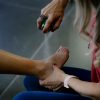


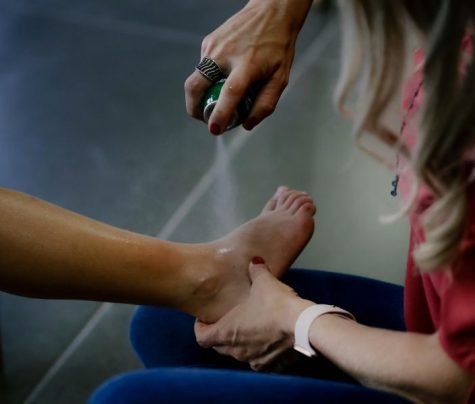

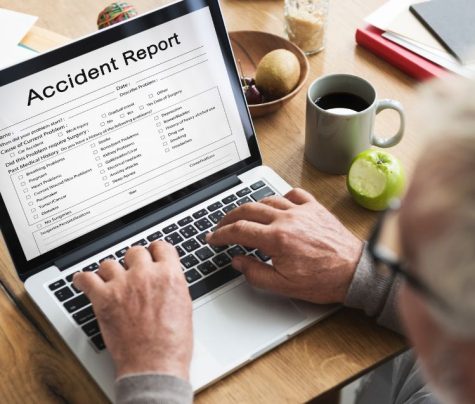
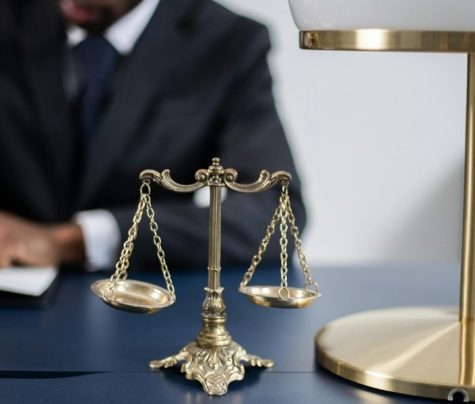
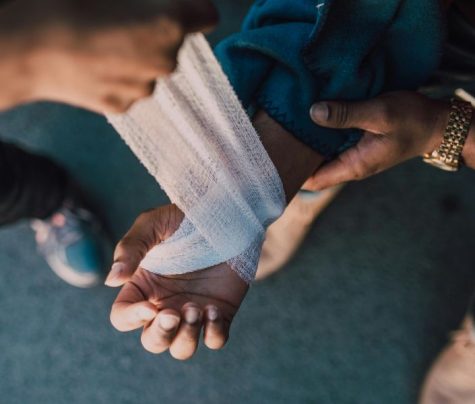
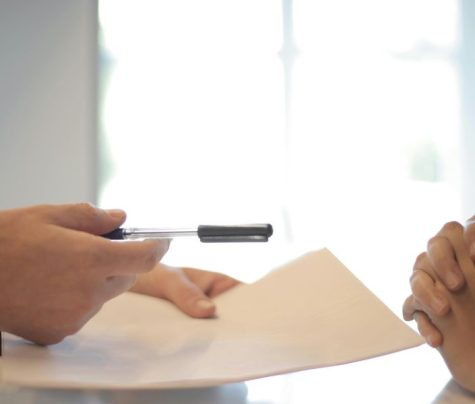
0 Reply
No comments yet.